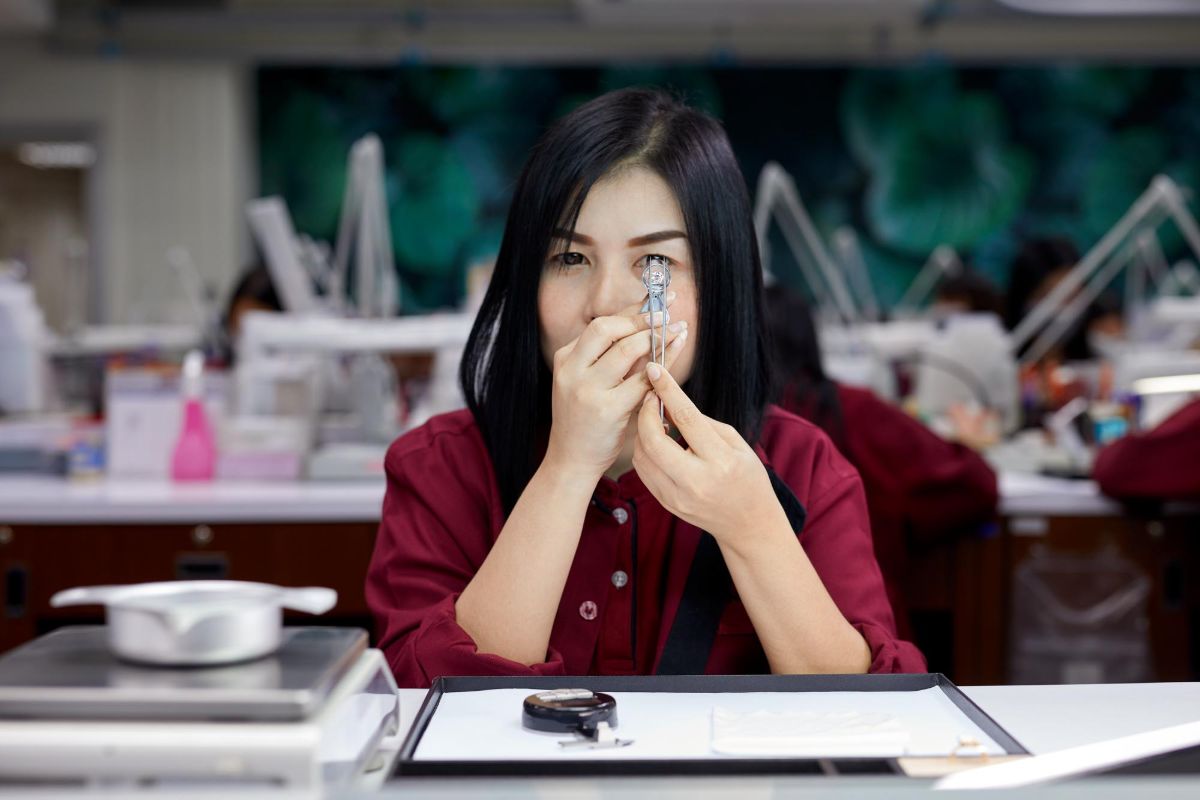Ever since the first online sale, there has always been the view that certain products simply can’t be sold via ecommerce, either because customers need to touch them, or see them in context, in order to make up their minds.
This is especially true when it comes to goods in the furniture sector, which cannot always be displayed instore due to lack of floorspace.
Digital Editor, Scarlette Isaac, looks closely at how Macy’s are using 3D visualisation to solve this challenge.
In 2018, Macy’s claimed that the launch of its VR 3D visualisation tool from Marxent was the biggest rollout in retail history. Macy’s VR experience was initially added to 70 stores, allowing customers to don a headset before viewing furniture products in rooms they had created. The following January, the experience was added to another 20 stores and a year after launch, it had expanded to 150 stores.
The early adoption was successful, delivering a 40% increase in average order value. During a trial in three pilot stores, VR-influenced sales increased by more than 60% compared to non-VR furniture sales, while returns dropped to less than 2%.
Macy’s is currently using 3D and AR technology from Marxent for all its furniture products, as well as giving customers the ability to virtually trial floor treatments, wall colours, rugs, wall art, TVs, lamps and accessories.
Macy’s 3D Room Planner, See Your Space, allows customers to design rooms according to templates, to create their own space through build your-own functionality or to discover new products through inspiration.
Users can browse inspirational photos and drop Macy’s products directly from the photos into their 3D room, as well as customise interiors to recreate the look of their own homes. They can also use AR to visualise products in their homes via their mobile phone by using 3D Cloud models, while the instore 3D room planning service allows customers to walk round their newly created rooms.
Another feature of the room planner, the CustomizeIt Sectional Configurator, allows customers to build the perfect sectional sofa, allowing them to experiment with configuration and design, check it fits their room and see their final design in 3D.
Robert Hopps, senior director of furniture operations at Macy’s, says the AR and virtual room planning tools are vital parts of the customer furniture-buying experience. “These tools are both fun and very helpful for planning your personal space,” he says. “All you need to get started are your room dimensions and our Marxent Room planner will create the room in seconds. The customer can also select flooring and wall colours while adding doorways and windows.”
He says the biggest advantage is allowing customers to accurately visualise products in situ. “The best part is that you can take more than 11,000 furniture pieces and put them into your space virtually and to exact scale. Being able to build a room this way really gives the customer a sense of what works and what doesn’t work in the space and in the end will help them make buying decisions with a greater sense of confidence.”
Although the company won’t share more recent metrics, Hopps says the company is “very pleased” with both the results and the upturn in engagement from those customers using the visualisation tools. As well as helping individual customers, he says that it also works as a powerful word of mouth marketing tool. “For many, the experience is a ‘wow’ and we find those customers help promote Macy’s by telling their friends about their experience.”
This case study was originally published in our white paper written in collaboration with Marxent.
To discover more about 3D visualisation, including how it works, which retailers are already implementing the technology and why – download the full report here.






